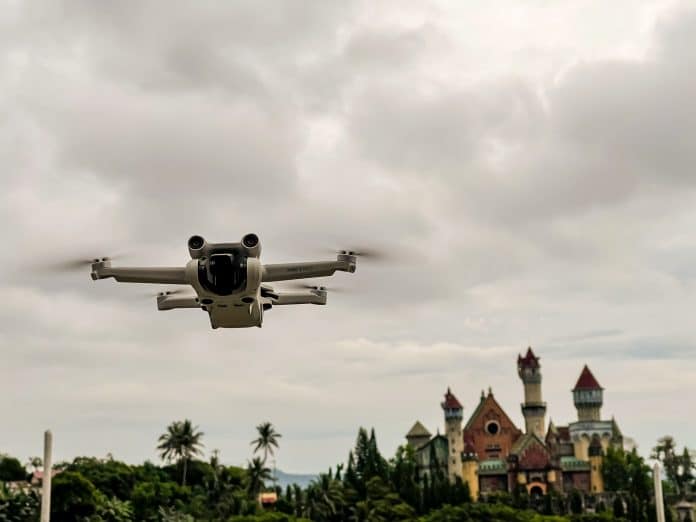It has been a year and a half since the well-reviewed Mini 2 came out. DJI has released its successor – DJI Mavic Mini 3 Pro is the newest drone model in the DJI series in the sub-250-gram category.
So what’s inside a mini? It has a small footprint, just as large as your iPhone, which you can carry without the hassle of carrying a heavy load. DJI provides everything modern-day drone users desire in this new compact model.
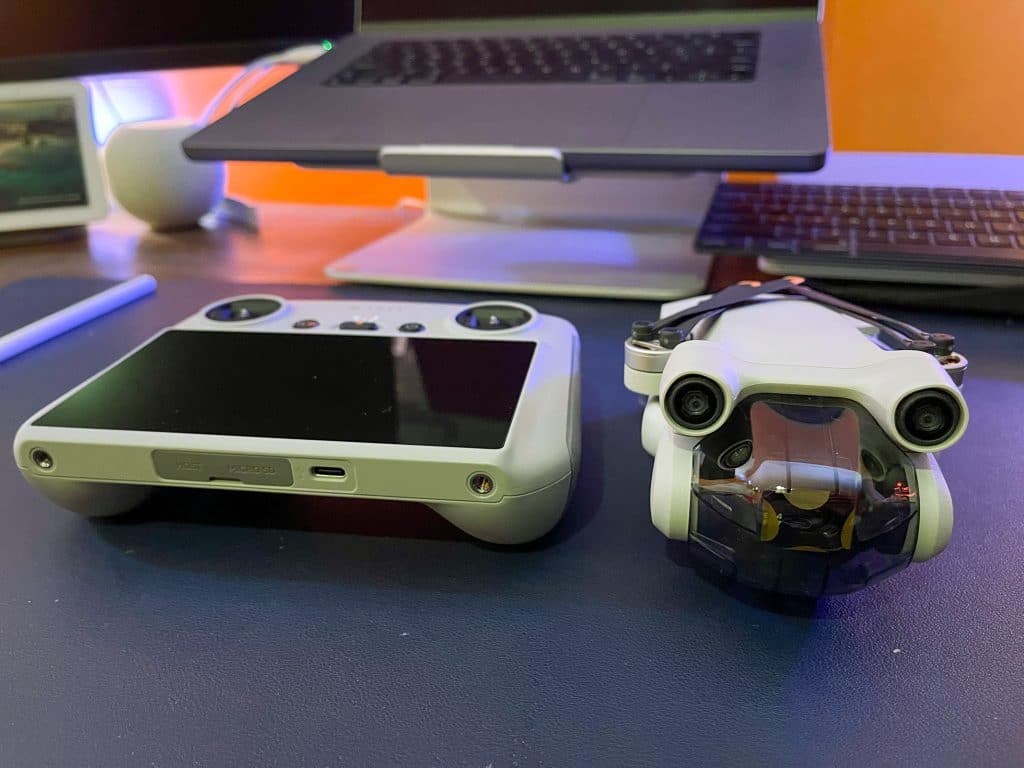
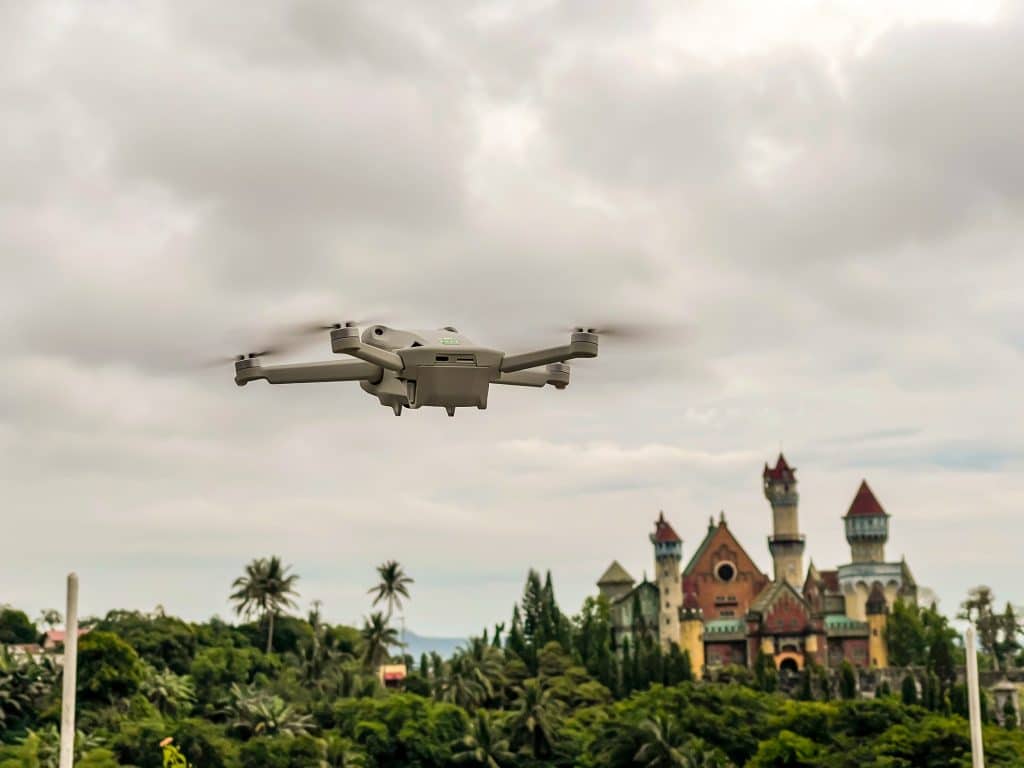
The Mavic Mini 3 Pro has a bigger sensor than the Mini 2. Its gimbal can also shoot in a vertical orientation. You don’t have to register in most areas since it weighs less than 250g. Some countries restrict drones that weigh more than 250g.
Design
The Mavic Mini 3 Pro looks quite different from the Mini 2. Unlike its older sibling, it now features tri-directional obstacle sensing (forward, back, and bottom) though it still lacks side sensors that will make it perfect for every beginner. This enables APAS 4.0 and other automated flight modes lacking in the previous generation.
Users should be careful as the gimbal doesn’t have any housing protection as it is protruded, and any front collision will surely damage the gimbal. This design choice allows the gimbal to shoot true vertical and can now angle up to 60 degrees upwards. This new feature is perfect for TikTokers and those shooting for Instagram Reels.
The Mini 3 Pro comes with a brand new set of propellers. These low-pitched propellers emit very little noise and is the most silent among all DJI drones. When changing propellers, you can use the included screwdriver which uses a Philips 2.00 screw to unscrew each propeller from the arms.
The arms and propellers are now designed longer so that when the drone is flying, the body angles slightly upwards to minimize wind drag and serves as a cooling system for the drone when flying. The arms can now be unfolded in any order you desire.
Similar to the Mini 2, the Mini 3 Pro drone also weighs a scant 249g – just shy of the 250g limit that would need you to register the drone with the FAA or other similar regulatory agencies in other countries. The Mini 3 Pro weighs less than our iPhone Max, making it a joy to carry around and easily fit in our pocket.
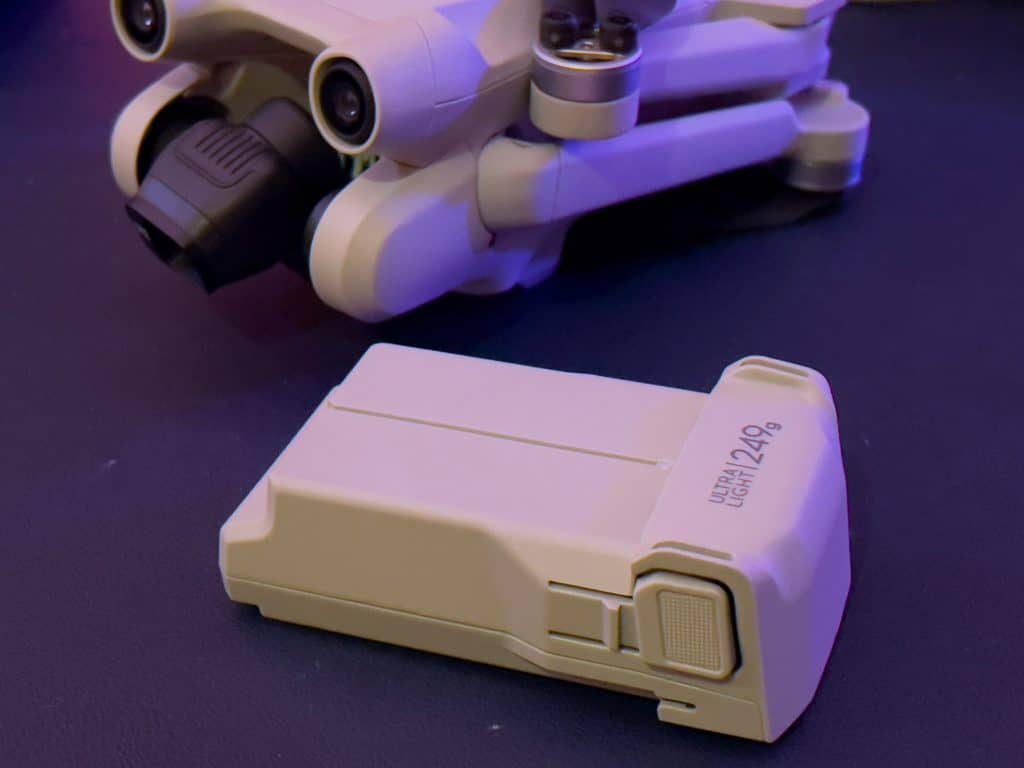
The battery in the drone slides into the rear of the drone; just above is a USB-C port and an SD card slot. DJI advertised the flight time as 34 minutes which is exceptional for a drone this size. The drone has a built-in 1.2 GB internal storage for those moments when you forget to bring an SD card.
There’s also the optional Battery Plus, which bumps flight time to as much as 47-minutes, the longest advertised flight time of any DJI drone. However, the battery is not available for sale in certain countries as it will exceed the 250g limit. The 47-minutes advertised flight time is the longest of any DJI drones and exceeds that of the Mavic 3.
The maximum charging power of the Intelligent Flight Battery is 37-watts while that of the Intelligent Flight Battery Plus is 58-watts. It is rated at 2453 mAH and 3850 mAH respectively. Charging the Battery Plus takes 1 hour and 15 minutes while the standard battery takes 59 minutes to fully charge the batteries using USB-PD (Power Delivery) through the two-way battery hub. It supports the newest PD Revision 3.0 protocol.
The New RC Remote Controller
DJI sells the drone without a controller for anybody who’s upgrading and already has a unit. It also comes in an RC-N1 version that is similar to the remotes of the Mini 2, Air2S, and Mavic 3. The best selling option though for this drone is the one paired with the new DJI RC remote. It gives you a pure flight experience.
The new DJI RC remote features 700 nits of brightness, enough to see in bright daylight though not as bright as the 1000 nits the RC Pro has. The DJI RC Pro, however, costs more at $1199. The new remote also has dedicated photo and video buttons on top and two customizable buttons at the back. The two dials control the gimbal rotation and the camera’s digital zoom.
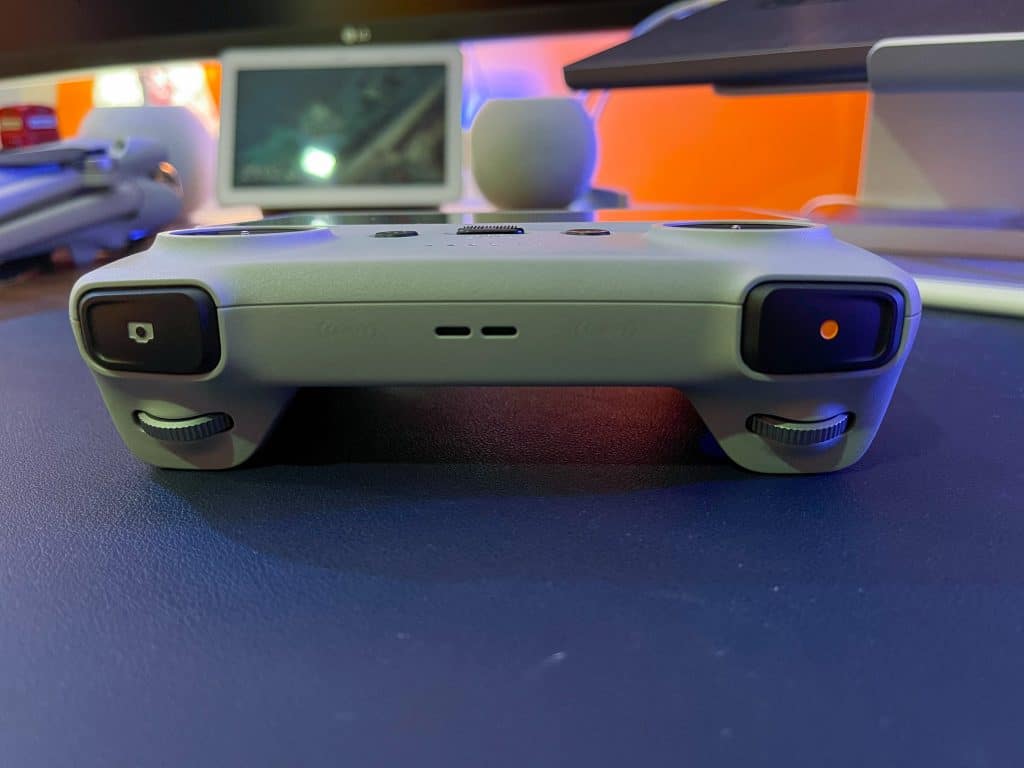
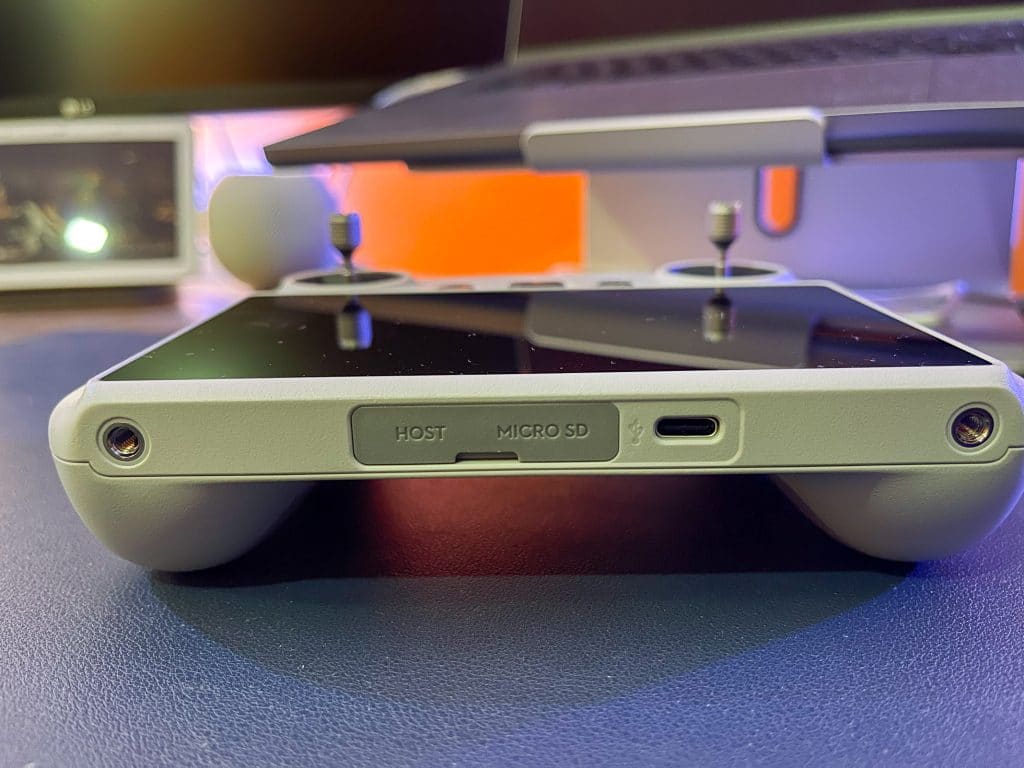
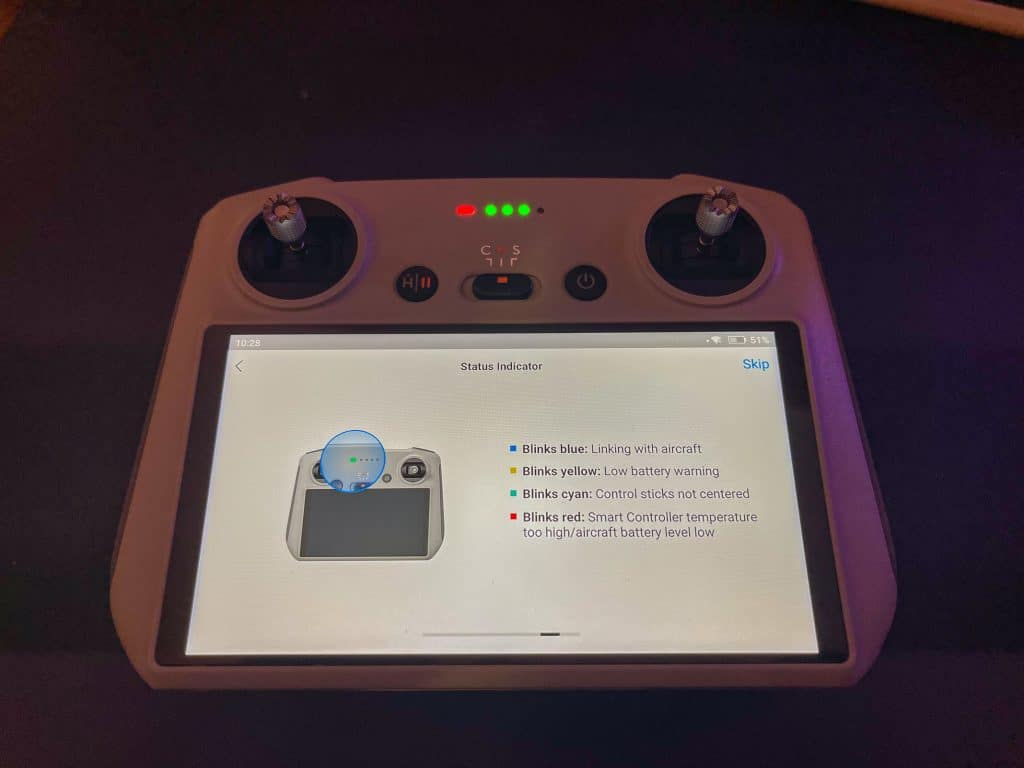
The 5.5-inch display of the new remote is a joy to use as you won’t have to drain your mobile phone and go through the process of clamping your phone to the remote. The display uses Occusync 3.0 and is rated for a resolution of 1080p for up to 12 kilometers. Although in our initial test, we are having trouble flying more than 1 kilometer without signal degradation.
We hope DJI will address these signal problems in future updates. We also hope this new remote will be compatible with DJI’s other drones, as having used the RC remote was a comfortable choice of not needing to use your phone.
Performance
Despite its small size, the Mini 3 Pro has good wind resistance and is rated for winds up to 38.5 km/h. The maximum flight speed is at 57.6 km/h in sports mode. We were surprised to see it fly well in windy conditions.
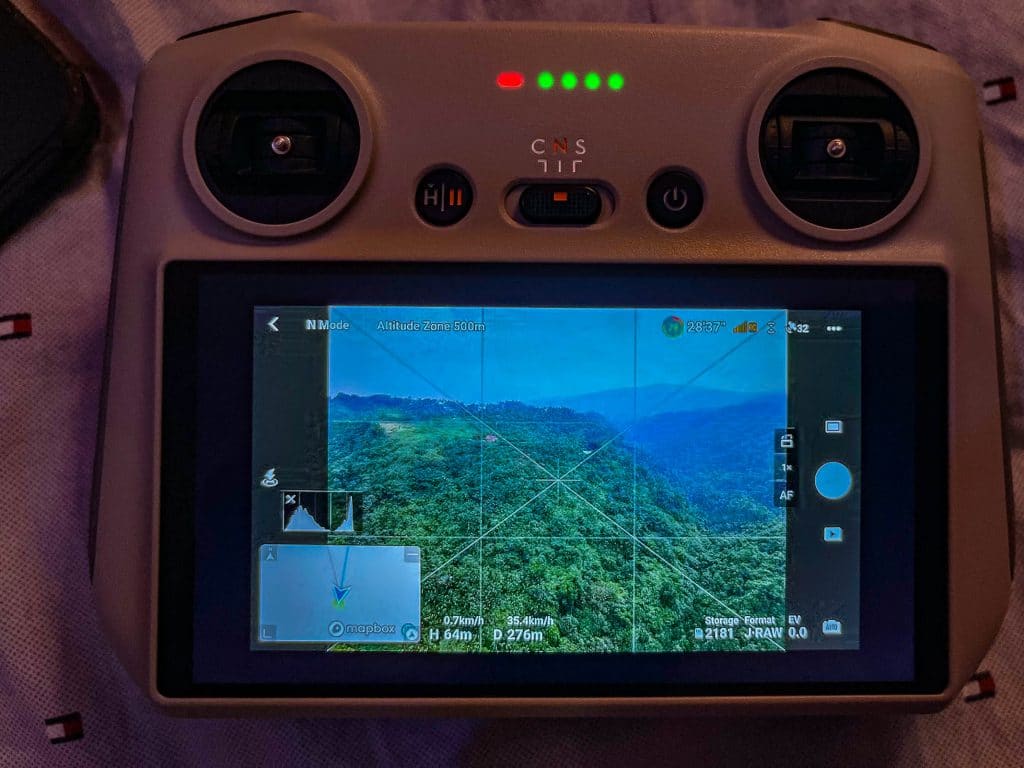
The drone doesn’t have any fan inside as it uses the propellers and the wind to cool itself when flying. We got a heat error when we left the drone on for a few minutes sitting at the table while transferring some photos. A battery overload error also appears when flying the drone in very windy conditions in sports mode over a long period of time.
The Mini 3 Pro can also shoot Hyperlapses and Mastershots at 4K resolution but only in 4K 30 fps and at the standard normal color profile.
Photo and Video Features
DJI Mini 3 features a 1 and 1/3 sensor capable of shooting up to 4K 60 fps. The camera sensor features a fixed aperture of 1.7, letting more light when shooting at night. There’s a 10-bit D-Cinelike that gives you 1024 colors per channel. That allows color grading your videos without the usual banding effect. It also has a Dual ISO mode, a new DJI drone feature.
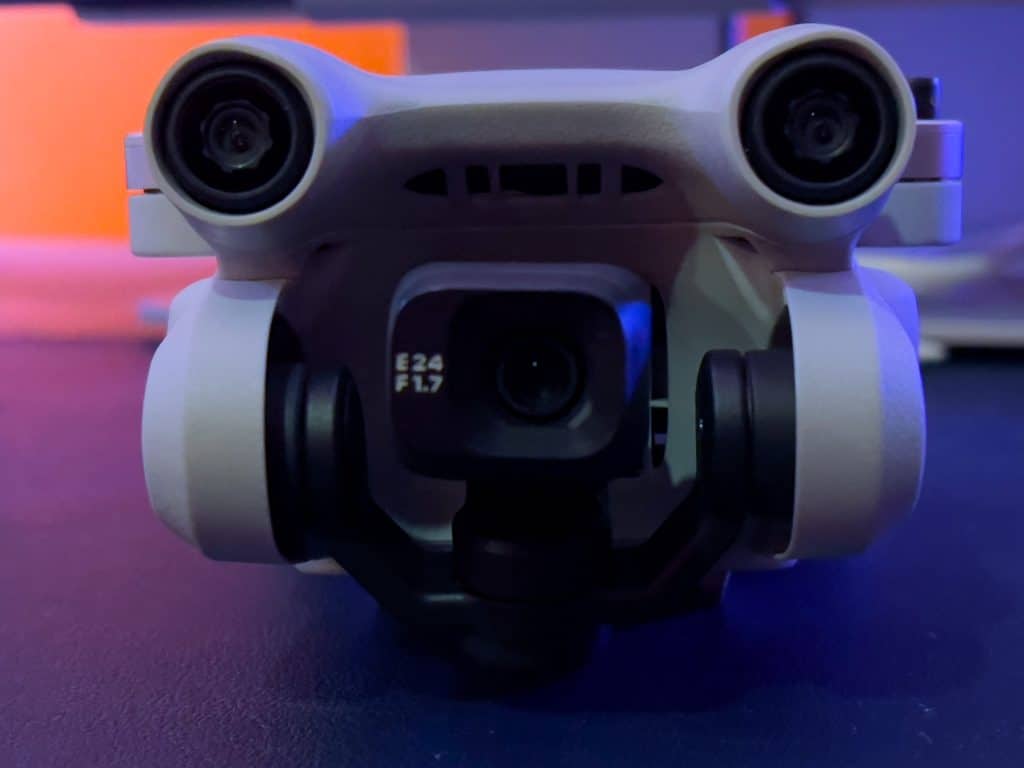
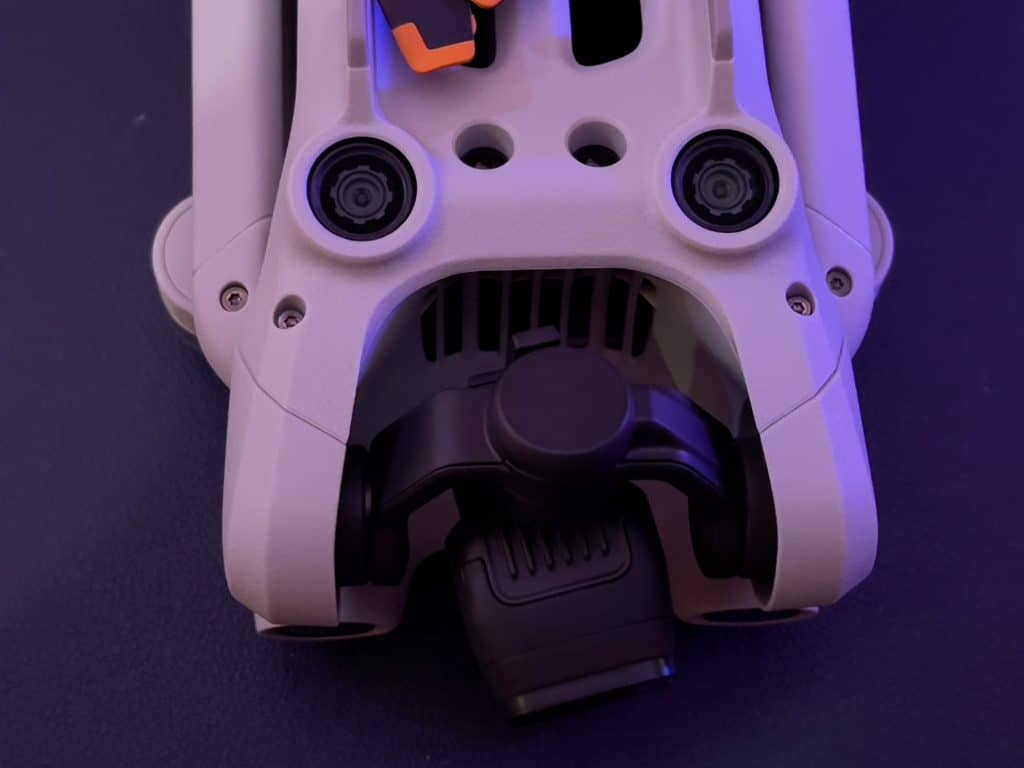
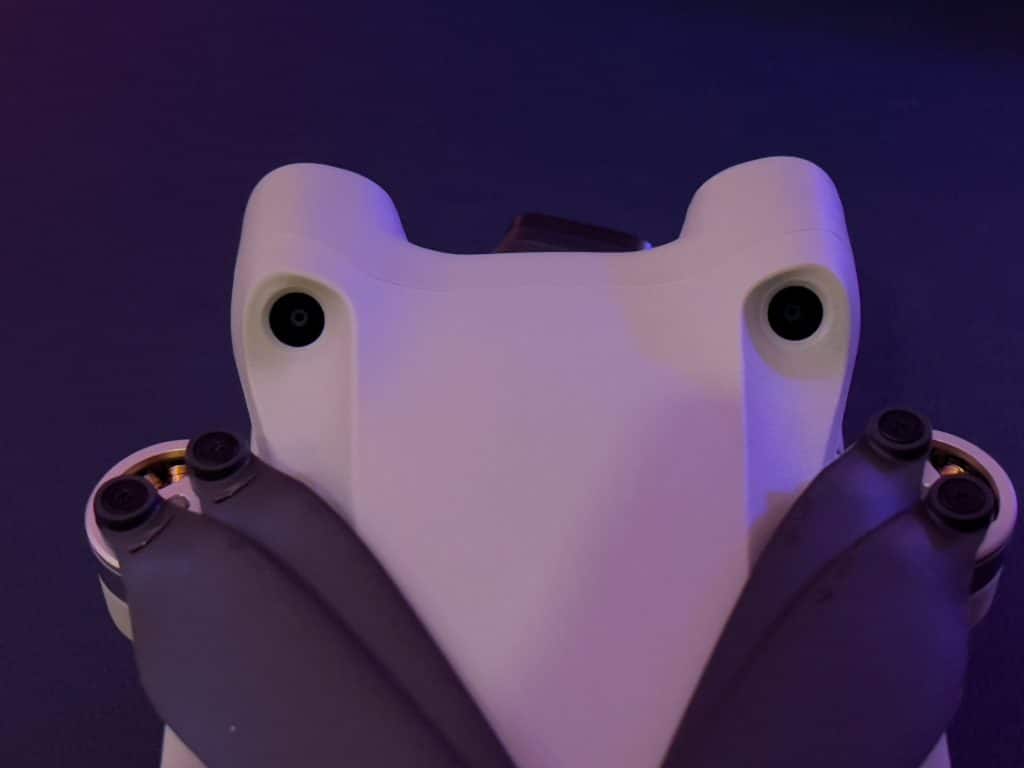


You can shoot 12-megapixel photos as standard and 48-megapixel shots using quad bayer technology. Our tests show photos from this tiny beast are similar to and sometimes better than the Air 2S. The camera can now tilt up to 60 degrees opening new creative ways to take photos and videos. The drone can also take true vertical photos and videos for social media.
The aperture is the largest among all the drones DJI has ever made. For example, the previous Mini 2, the Air2s, Mavic 3, and 2 Pro all feature an aperture of f/2.8. The large aperture, however, means that you have to get an ND filter if you’re going to shoot during the day to get that cinematic look.
These and other features make the mini worthy of the “pro” branding that DJI included in this year’s model.
Fly More Combo
The Fly More Kit and Fly More Kit Plus is sold separately. They include a newly designed bag, two extra sets of propellers, a USB-A to USB-C cable, a two-way charging hub, and two extra batteries. The Fly More Kit Plus includes two bigger batteries that are rated 47-minutes of flight time which are not sold in Europe and other countries as it will bump the weight of the drone to more than 250-grams.
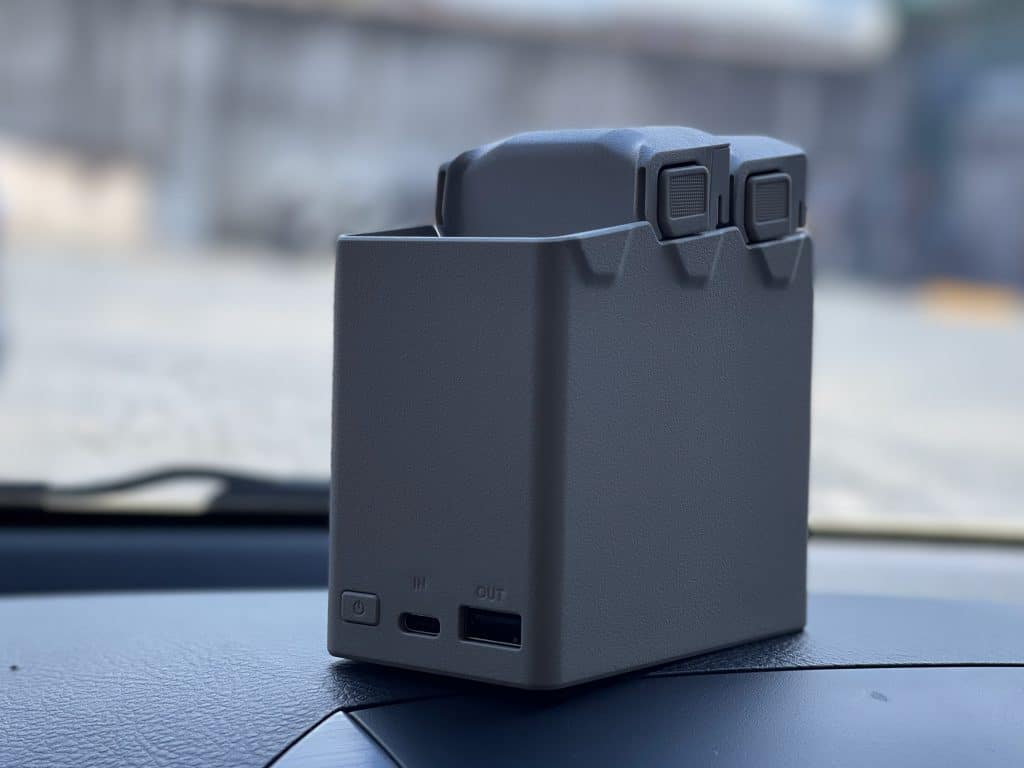
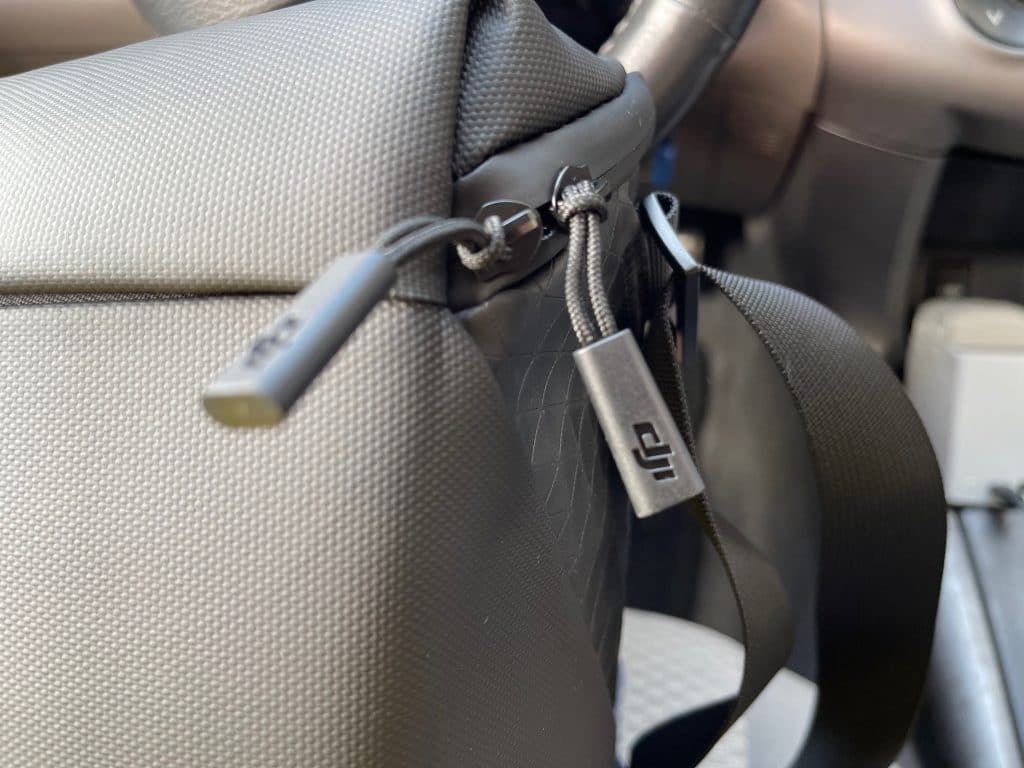
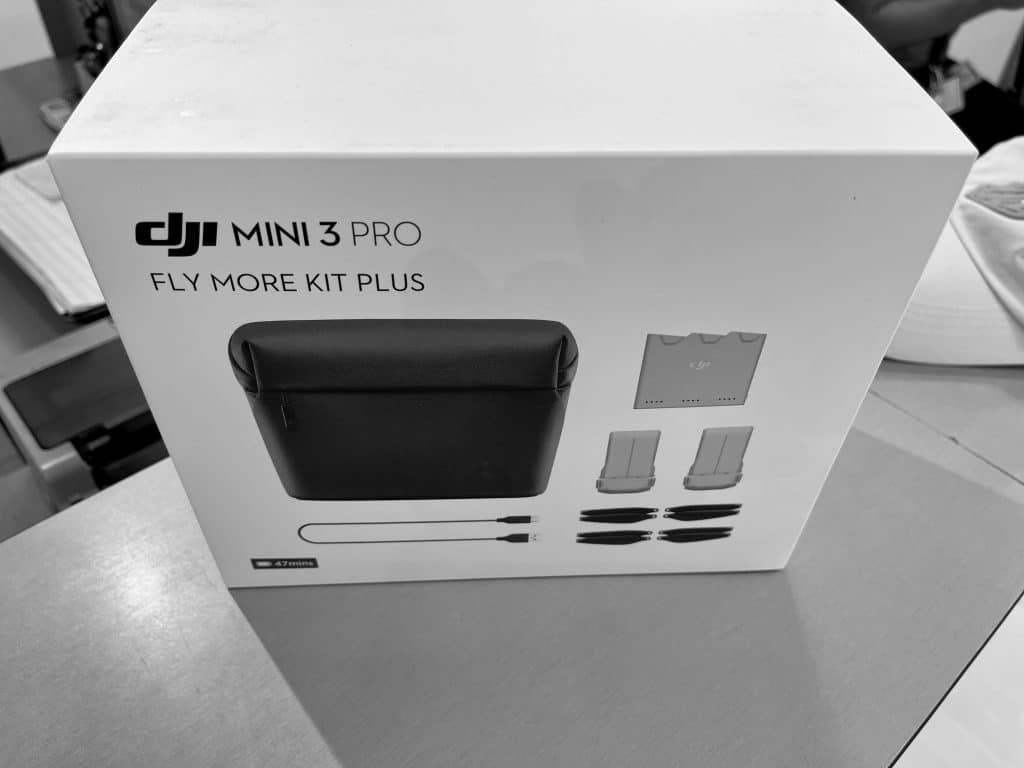
DJI Mini 3 Pro Sample Shots
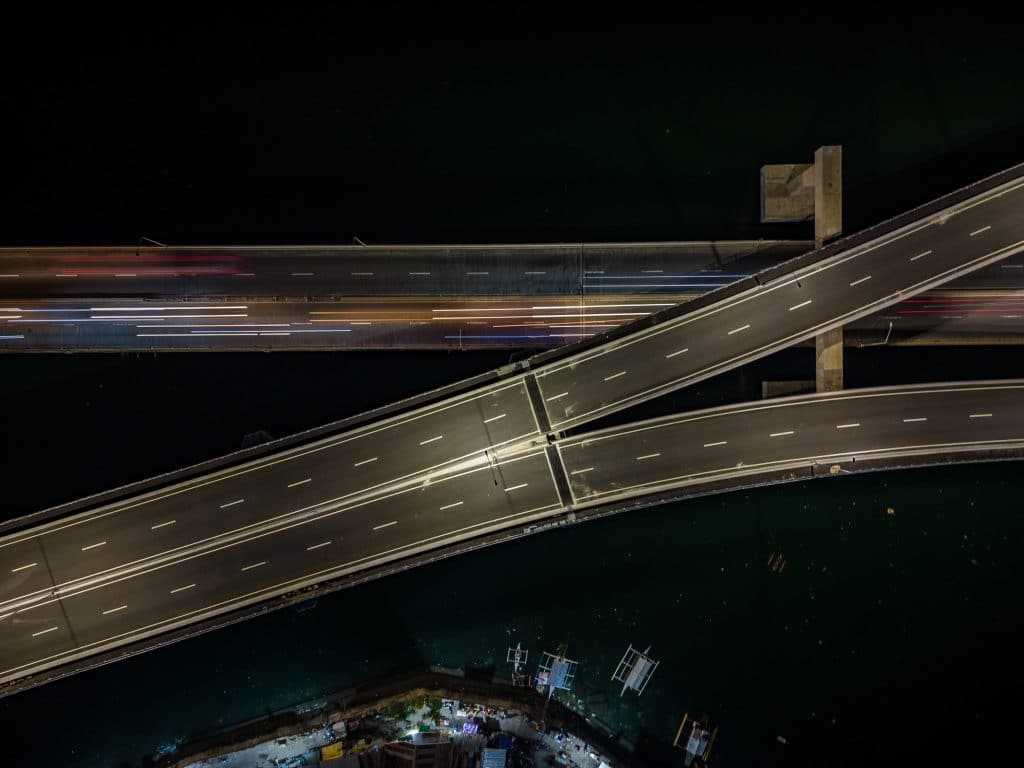
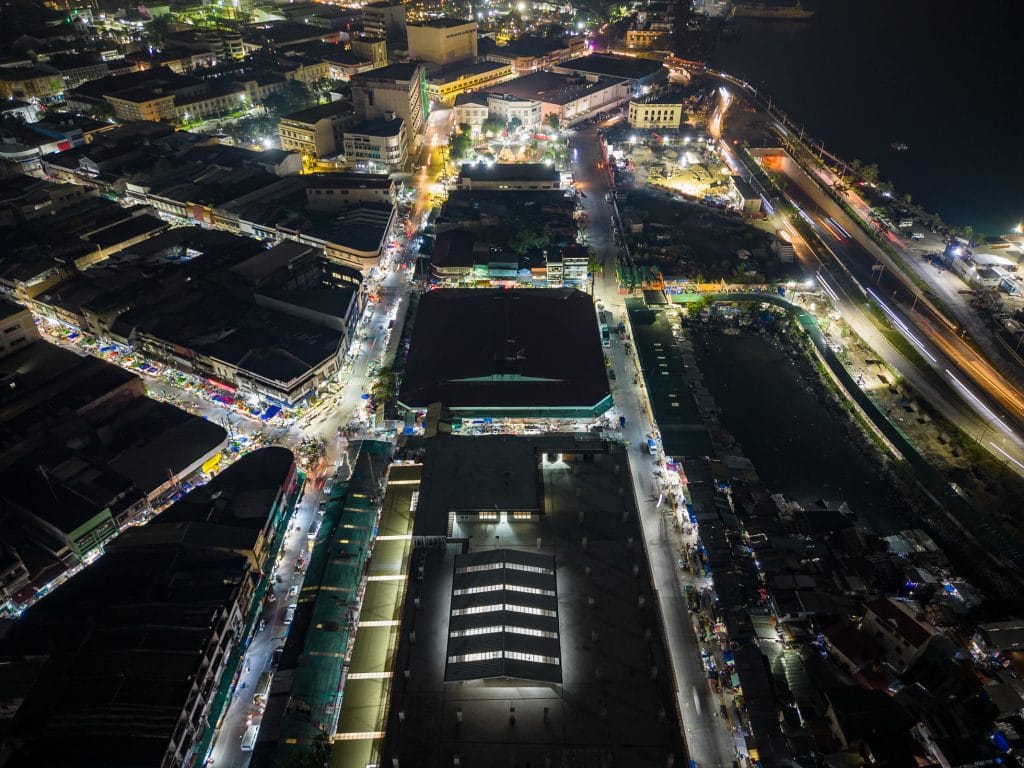
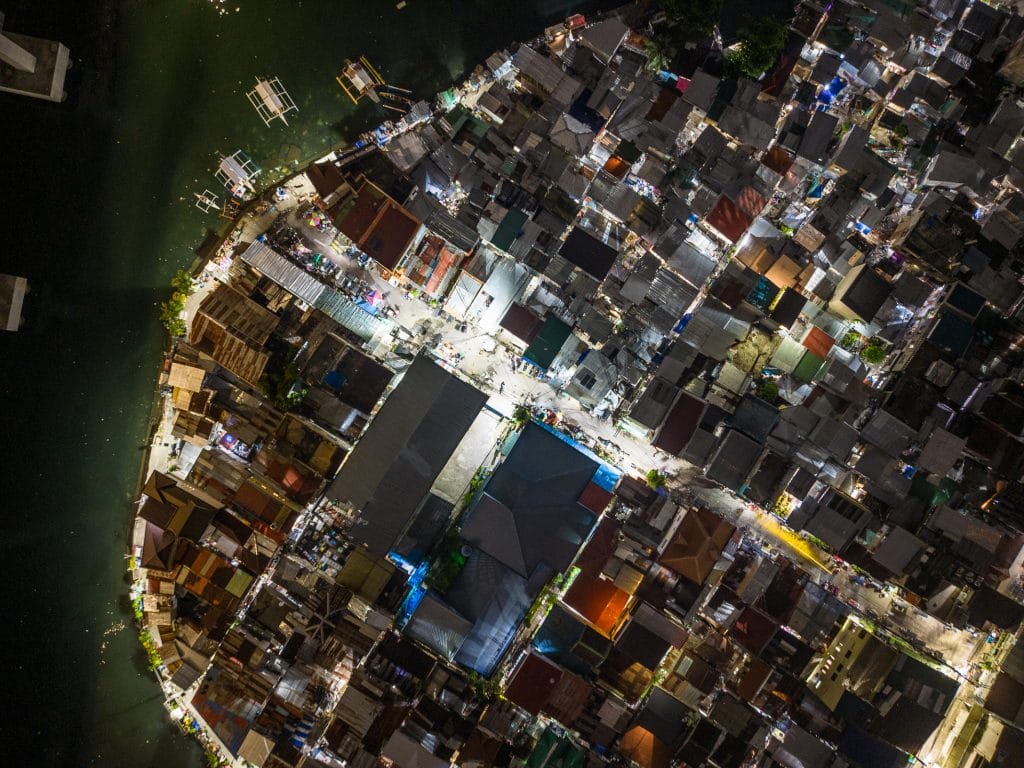
Price
This year, DJI decided to package the drone without the remote. Also, the fly more combo is purchased separately.
DJI Mini 3 Pro
- Drone only: $669
- With RC-N1 Remote: $759
- With DJI RC Remote: $909
Fly More Package
- Standard Fly More Kit: $189
- Fly More Kit Plus (includes the larger capacity battery): $249
| Pros | Cons |
| 4K/60p video True vertical shooting Up to 45-minute flight time with the new Battery Plus The new RC Pro remote is a joy to use | More expensive than its older sibling We miss the old propeller guards that holds the Mini 2 Active Track and Object tracking does not work in vertical video mode The signal between the remote and the drone is quite erratic despite using Occusyn 3.0 |


